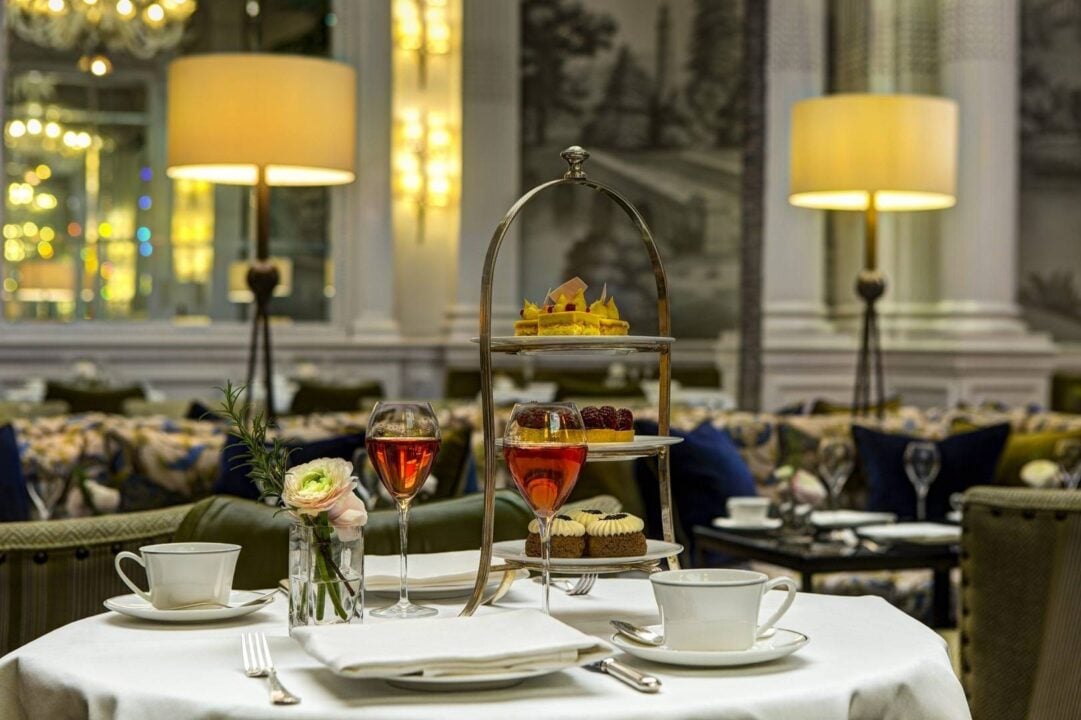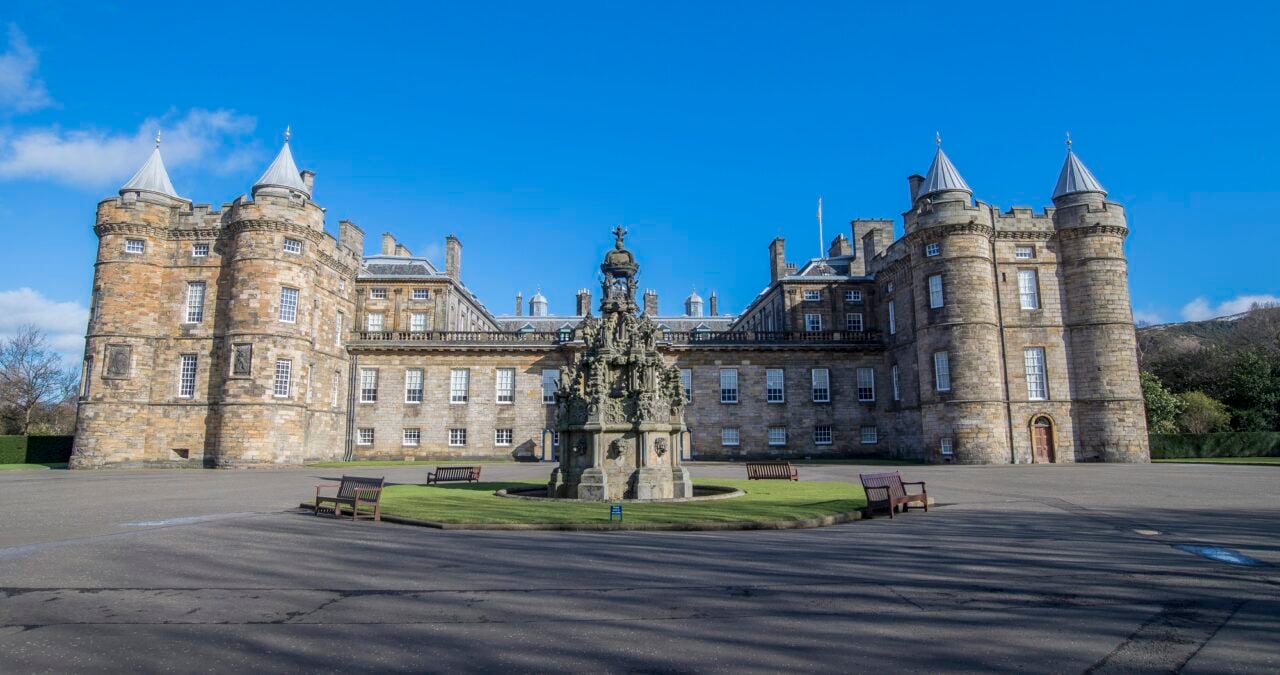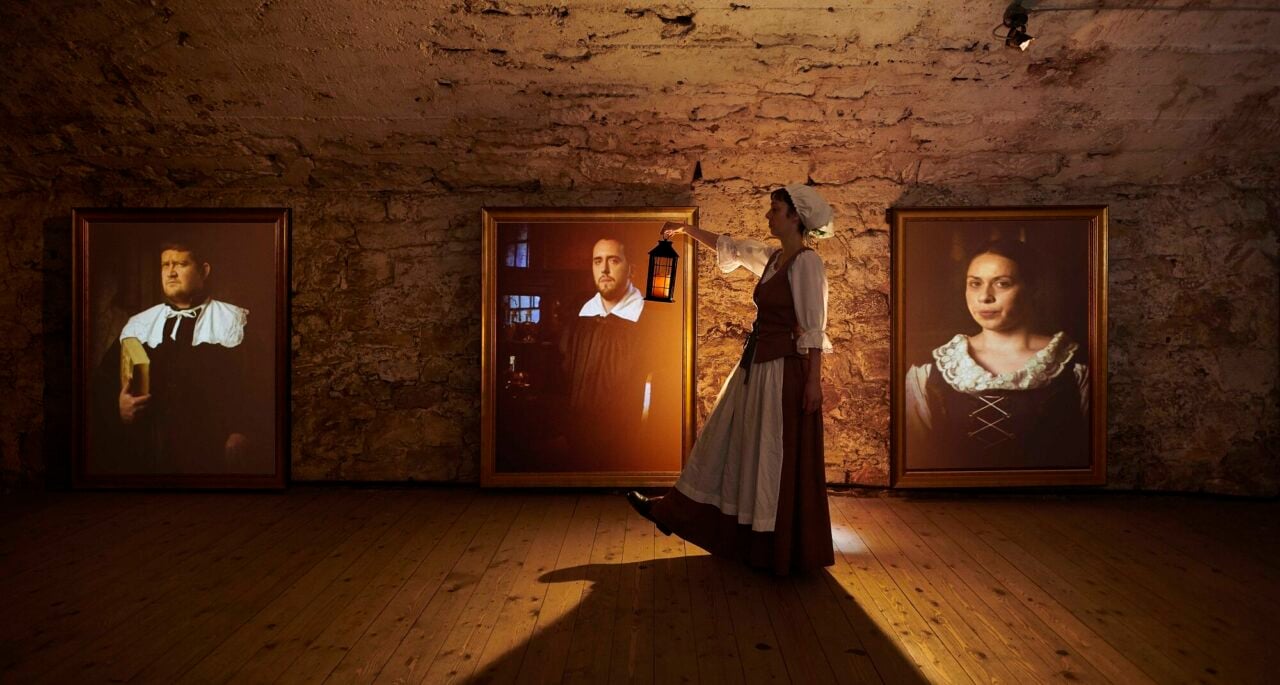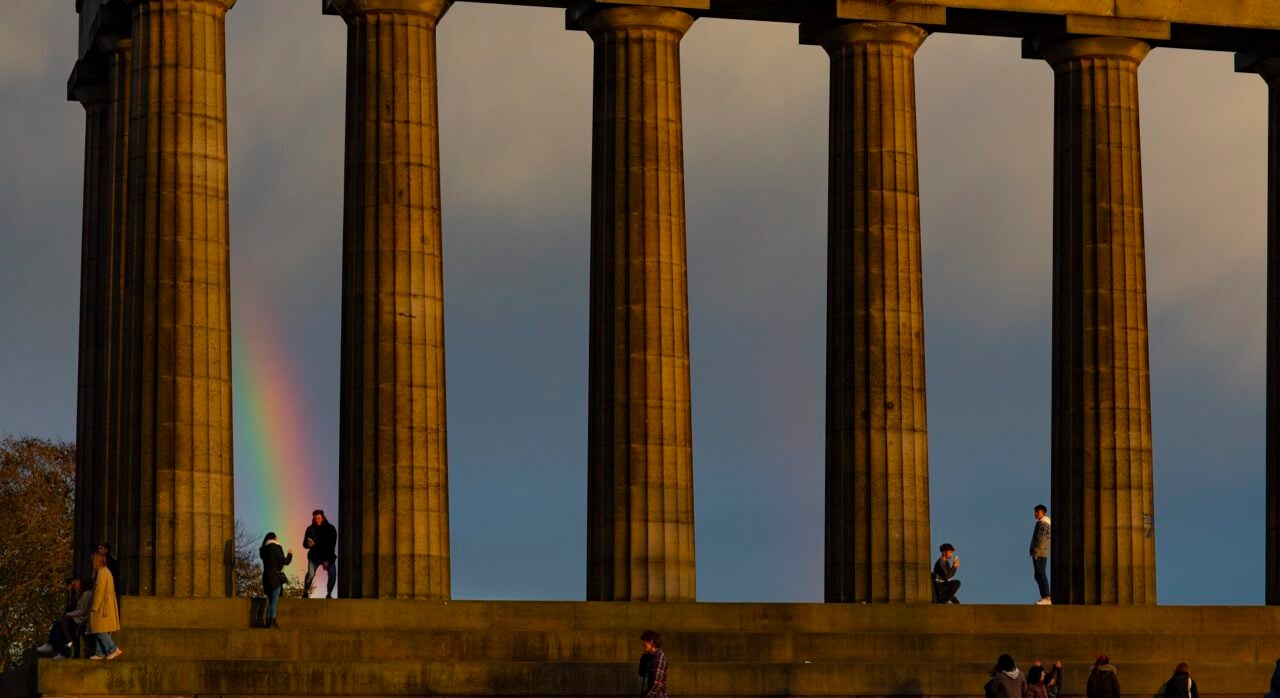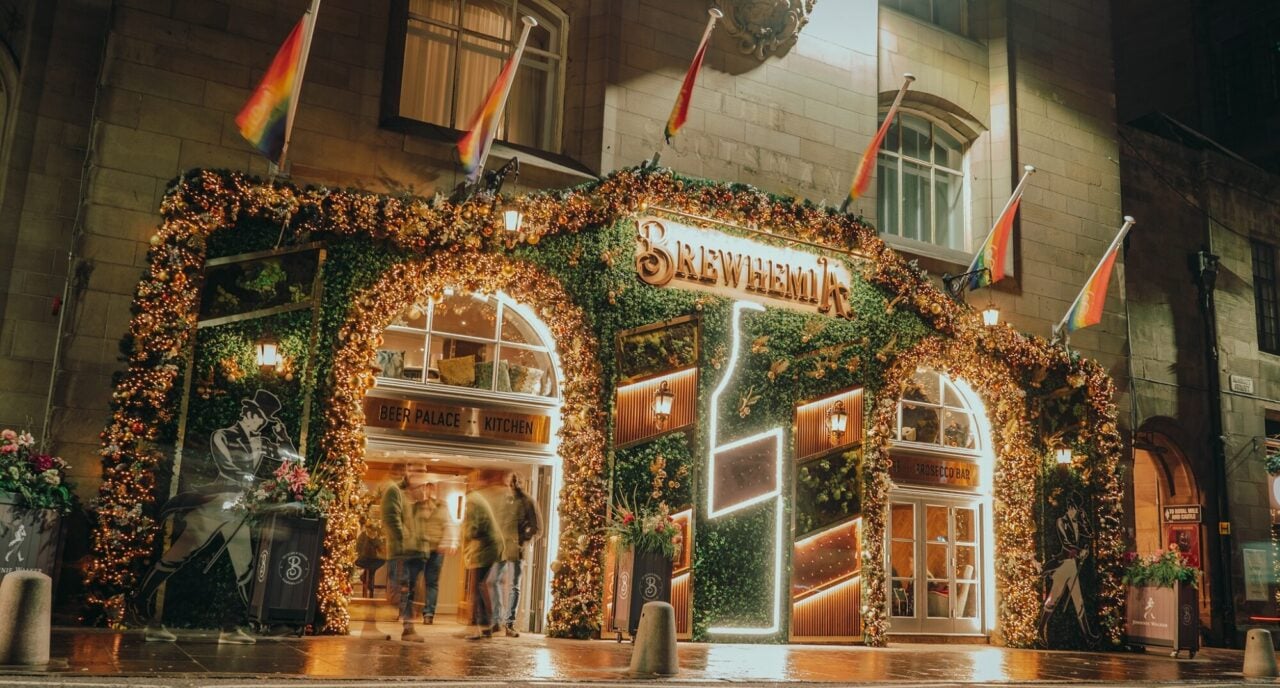
Home and the inspiration to many great writers, Edinburgh is rightly proud of its accreditation as the world’s first UNESCO City of Literature.
The title recognises not only Edinburgh’s historical literary roots, but also gives credit to its on-going activity to promote and champion Scotland’s literature and the development of international literary partners through its tours, festivals, and events.
Literary tour of Edinburgh
Edinburgh has long been a haven for literature lovers. A walk through the city reveals a myriad of literary treasures, from the towering Scott Monument which celebrates the novelist Sir Walter Scott to Greyfriars Kirk where the names on the graves will be instantly recognisable to Harry Potter fans.
So, pencils at the ready as we go on a whistle-stop tour round some of Edinburgh’s most historically significant literary sites and objects.

Starting at Chambers Street, enter the National Museum of Scotland where you’ll find a treasure trove of world-class exhibits. Free to visit, it’s here that you’ll find The Scotsman Printing Press, a working scale model of the printing press used for two centuries to produce the Edinburgh-based Scotsman newspaper, as well as the 1996 screenplay for Irvine Welsh‘s Trainspotting, signed by Ewan McGregor. There are also several objects on display relating to the life and works of Scotland’s national poet, Robert Burns, such as an acceptance letter written by the poet in 1787 following an invitation to dinner in Edinburgh to celebrate the 67th birthday of Prince Charles Edward Stuart, better known as ‘Bonnie Prince Charlie’. Although he only lived in Edinburgh for two years, Burns made quite an impact on the city, with a monument built in his honour in 1830.
Across the road from the National Museum of Scotland is the 17th century Greyfriars Kirk. A walk amongst the gravestones reveals some strangely familiar names, as it was here that author JK Rowling is thought to have gained inspiration for some of the Hogwart’s witches and wizards – keep an eye open for Tom Riddell, William Mcgonagall and Elizabeth Moodie.
Discover more about the city’s must-see Harry Potter attractions in the ultimate guide to Harry Potter in Edinburgh.
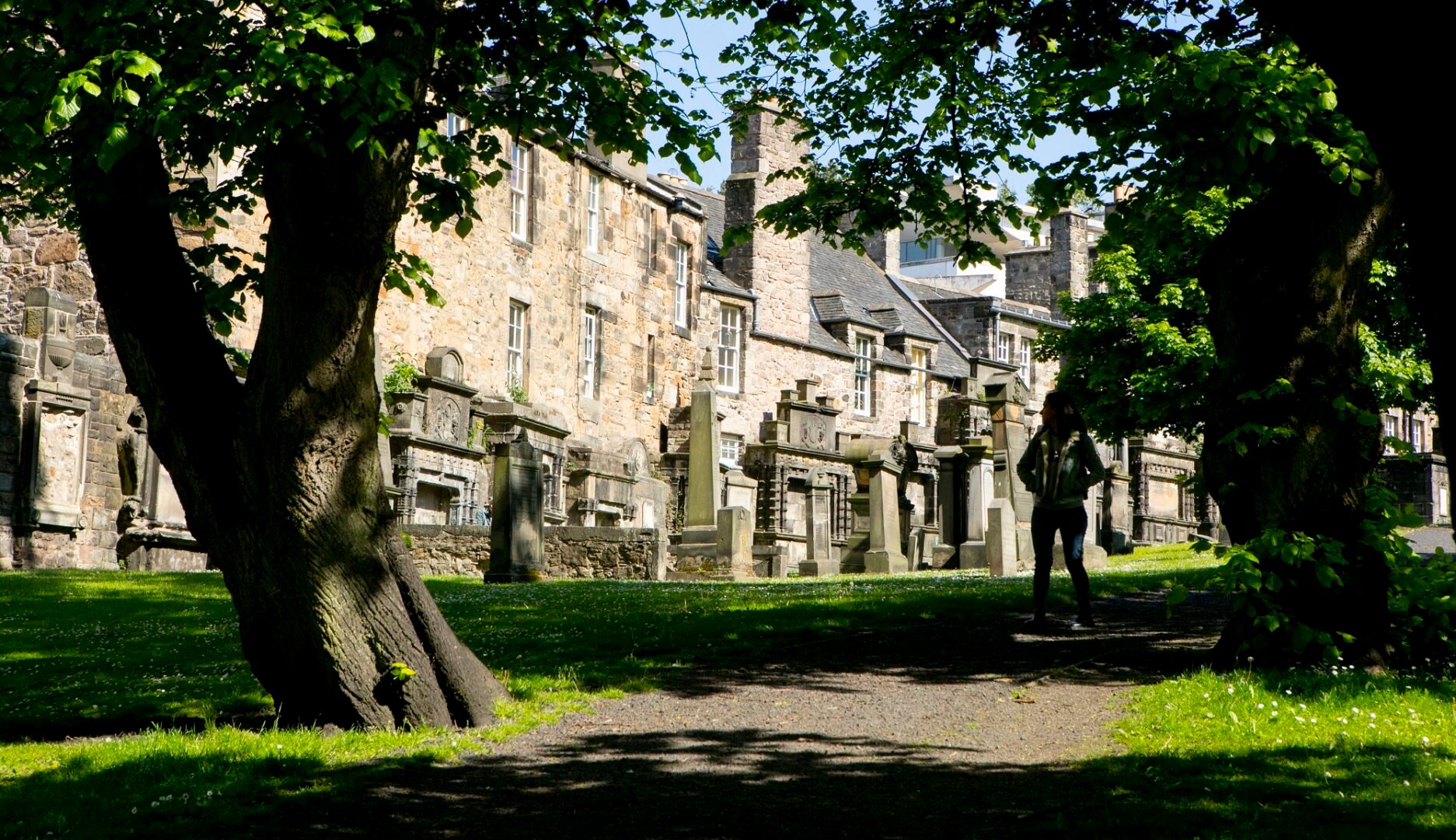
Time for a pub stop at Sandy Bell’s on Forrest Road, where you can find a papier mâché bust of Hamish Henderson, sculpted from the pages of his books. Hamish was a Scottish poet, collector of folk music and catalyst of the Scottish folk revival, bringing some of Scotland’s finest folk music talent to Sandy Bell’s over the years.
It’s one of the oldest parts of Edinburgh and the historic Grassmarket is part of an iconic moment in the 1969 Oscar-winning film of Muriel Spark’s famous work, The Prime of Miss Jean Brodie. In 2018, to coincide with the 100th anniversary of the author’s birth, the Vennel Steps, a flight of steps off the Grassmarket were re-named The Jean Brodie Steps, in honour of the novel’s title character. Offering unobstructed views of the castle, the steps are today a popular photo spot.
It was the sinister ‘Black Dinner’ that took place in Edinburgh Castle in 1440 that is also thought to have inspired George R. R. Martin penning one of the most shocking scenes in Game of Thrones.
Wandering down from the castle on Edinburgh’s famous Royal Mile, if you stop by the City Chambers courtyard, you’ll find a series of handprints in the flagstones. The Edinburgh Award honours an outstanding individual who has made a positive impact on the city and gained national and international recognition for Edinburgh. The handprints of Edinburgh authors Alexander McCall Smith and Sir Ian Rankin can be found here, amongst other notable recipients.
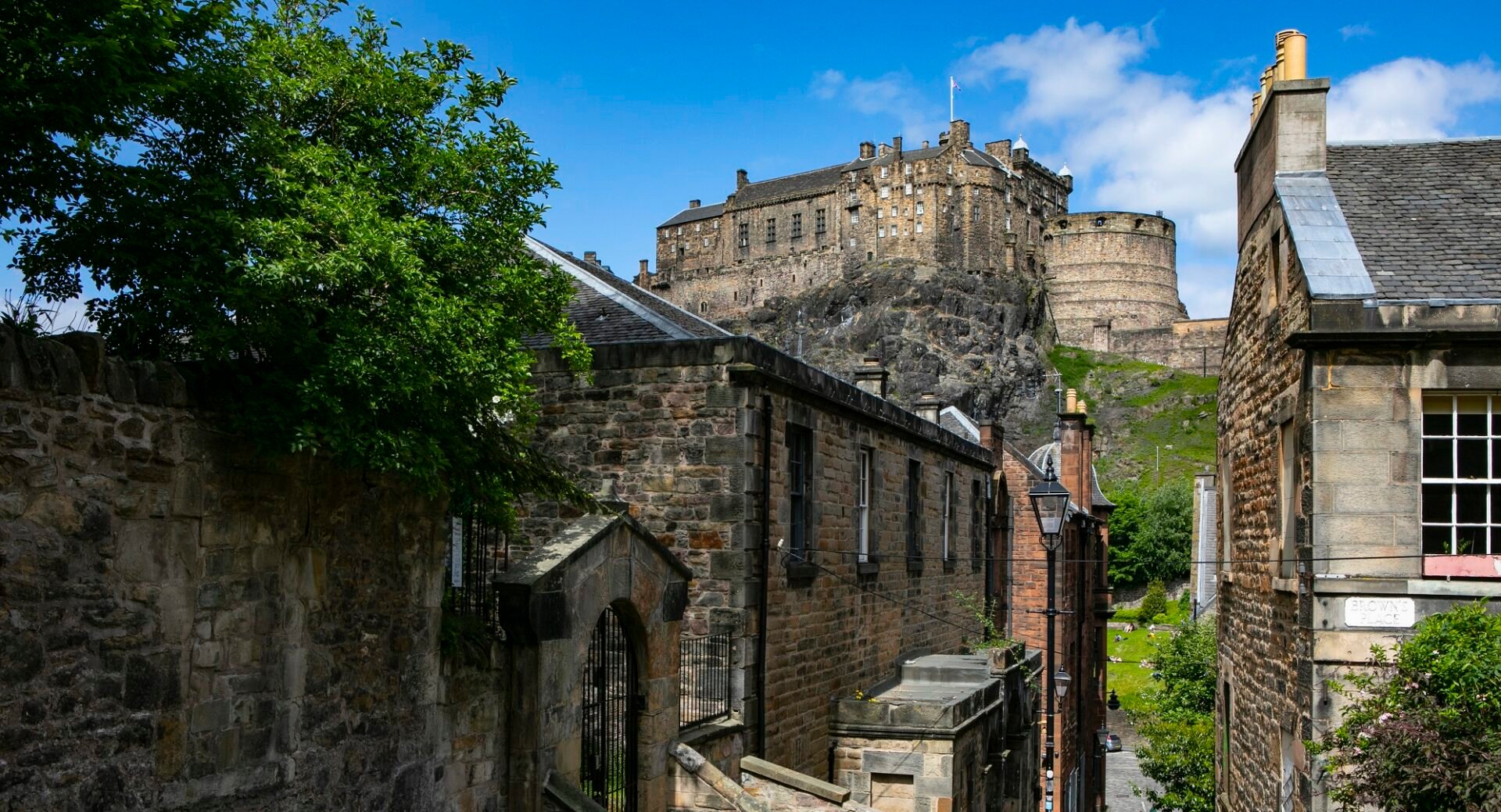
Lovers of Scots literature should be sure not to miss The Writers’ Museum. Tucked off the top of the Royal Mile on Makars Court, it contains artefacts relating to three of Scotland’s most well-known authors – Robert Burns, Sir Walter Scott and Robert Louis Stevenson. On display are portraits, rare books and personal objects including Burns’ writing desk, the printing press on which Scott’s Waverley novels were first produced, as well as various items from Stevenson’s travels around the world. Another must is the Scottish Poetry Library. A unique national resource and advocate for the art of poetry, and Scottish poetry in particular, it offers a warm welcome to budding poets and in addition to an extensive range of poetry books and leaflets, regularly hosts poetry evenings.
While there, don’t miss taking a peep at The Book Sculpture, a highly detailed miniature paper sculptures made from books which was gifted to the library in 2011. It was the first of ten mysterious book sculptures which popped up across the city, referencing great Edinburgh writers like Edwin Morgan, Robert Louis Stevenson, Arthur Conan Doyle and Sir Ian Rankin. To this day the identity of the talented sculptor remains unknown.
As you leave the Old Town and come onto Princes Street Gardens, you’ll find the unmissable Scott Monument piercing the sky at 200 feet high. Sir Walter Scott was renowned for his historical novels, plays and poetry and this colossal monument – one of the largest monument in the world dedicated to a writer – was erected in his honour in 1846.
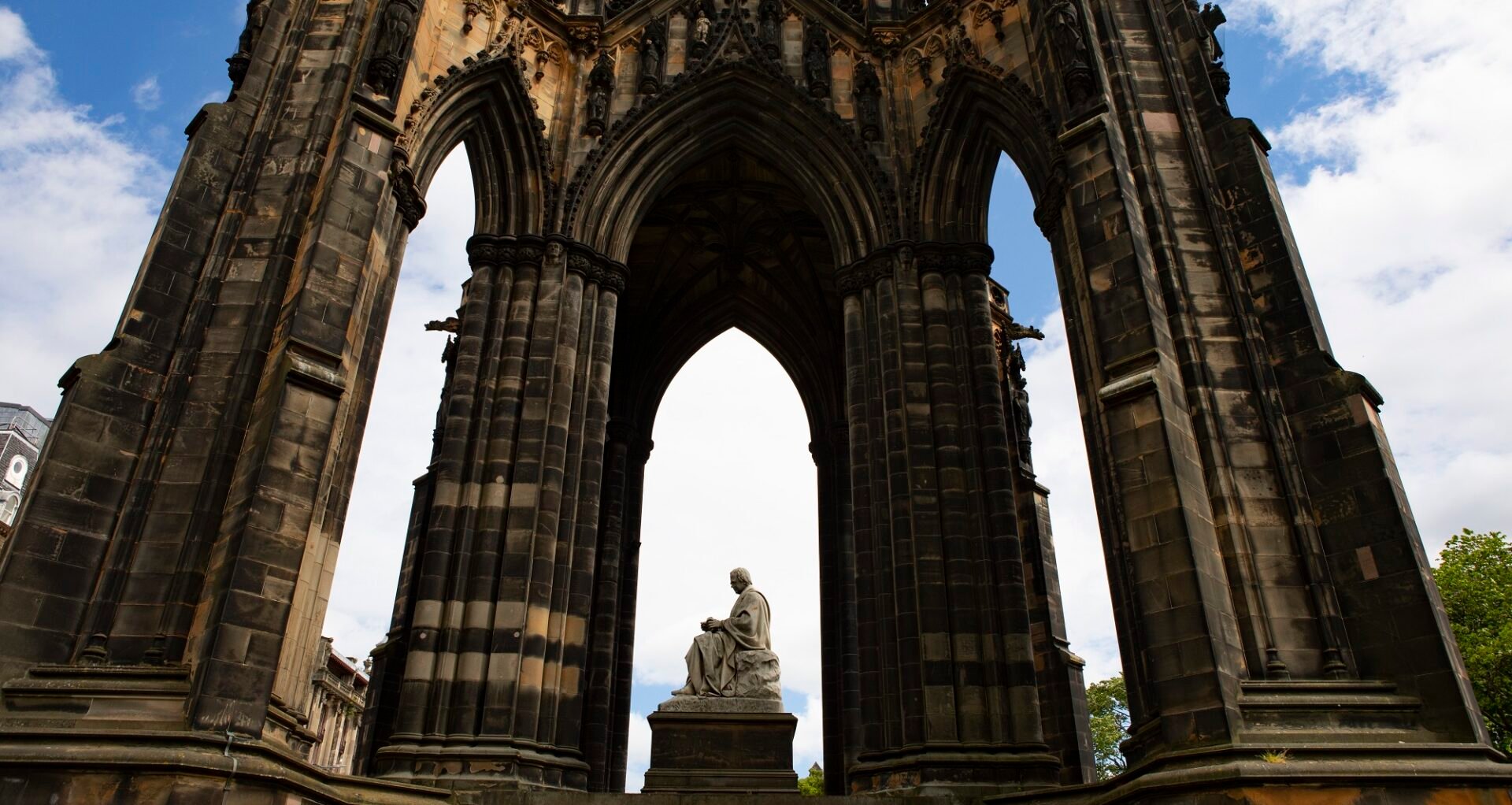
On route to the site of his former home on North Castle Street, on Rose St you’ll pass the delicate steel cut illustration of George MacKay Brown’s poem Beachcomber. On the way, why not stop for some refreshments in Badger & Co – this whimsical bar and restaurant is located in the childhood home of Kenneth Grahame, author of the children’s classic, The Wind in the Willows.
New Town, as all fans of Edinburgh author, Alexander McCall Smith know, is the location of the popular 44 Scotland Street novels. Translated into 46 languages and worldwide bestsellers, these novels delve into the lives of a quiet Edinburgh neighbourhood and the lives of its residents. First published as a serial novel in the Scotsman newspaper, it is now the longest-running serial novel in the world.
A popular bar in its own right, The Oxford Bar on Young Street has also become synonymous as the favourite watering hole of curmudgeon Detective Inspector Rebus as depicted by Edinburgh author, Sir Ian Rankin. Or wet your whistle in The Conan Doyle, a traditional bar close to the home of Sir Arthur Conan Doyle, the pioneering crime fiction author who gave us the celebrated fictional detective, Sherlock Holmes. For a true taste of literary heritage, why not book into The Stevenson House. Today, a delightful hotel, it was the childhood home of 19th century author, Robert Louis Stevenson, who penned such classics as The Strange Case of Dr Jekyll and Mr Hyde, Treasure Island and Kidnapped.
So, the next time you feel the urge to put pen to paper, remember, in Edinburgh you’re in good company!
Explore our world of books!
As you would expect in a city rich in literary history, Edinburgh has a fantastic range of bookshops


